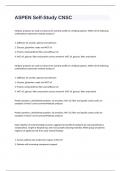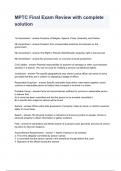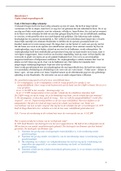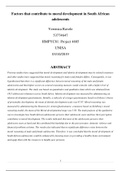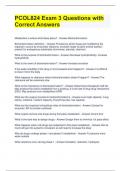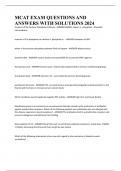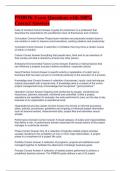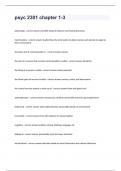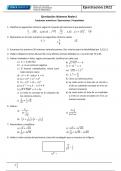Exam (elaborations)
ASPEN Self-Study CNSC exam with 100% correct answers
- Course
- Institution
Modular products are used to enhance the nutrient profile of a feeding regimen. Which of the following combinations represents modular products? 1. Safflower oil, protein, glucose and selenium 2. Glucose, glutamine, water and MCT oil 3. Protein, cholecalciferol, fiber and safflower oil 4. MCT...
[Show more]
